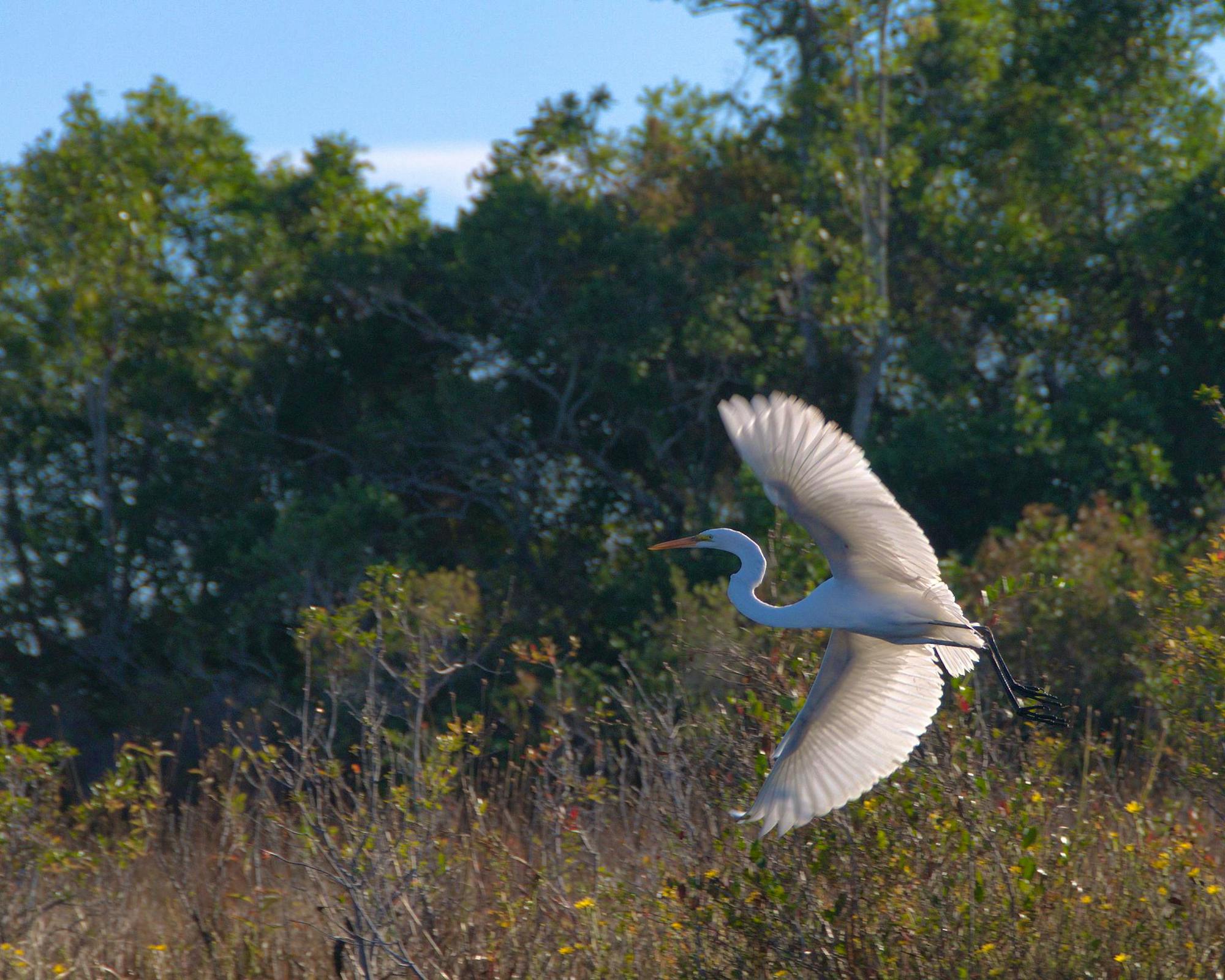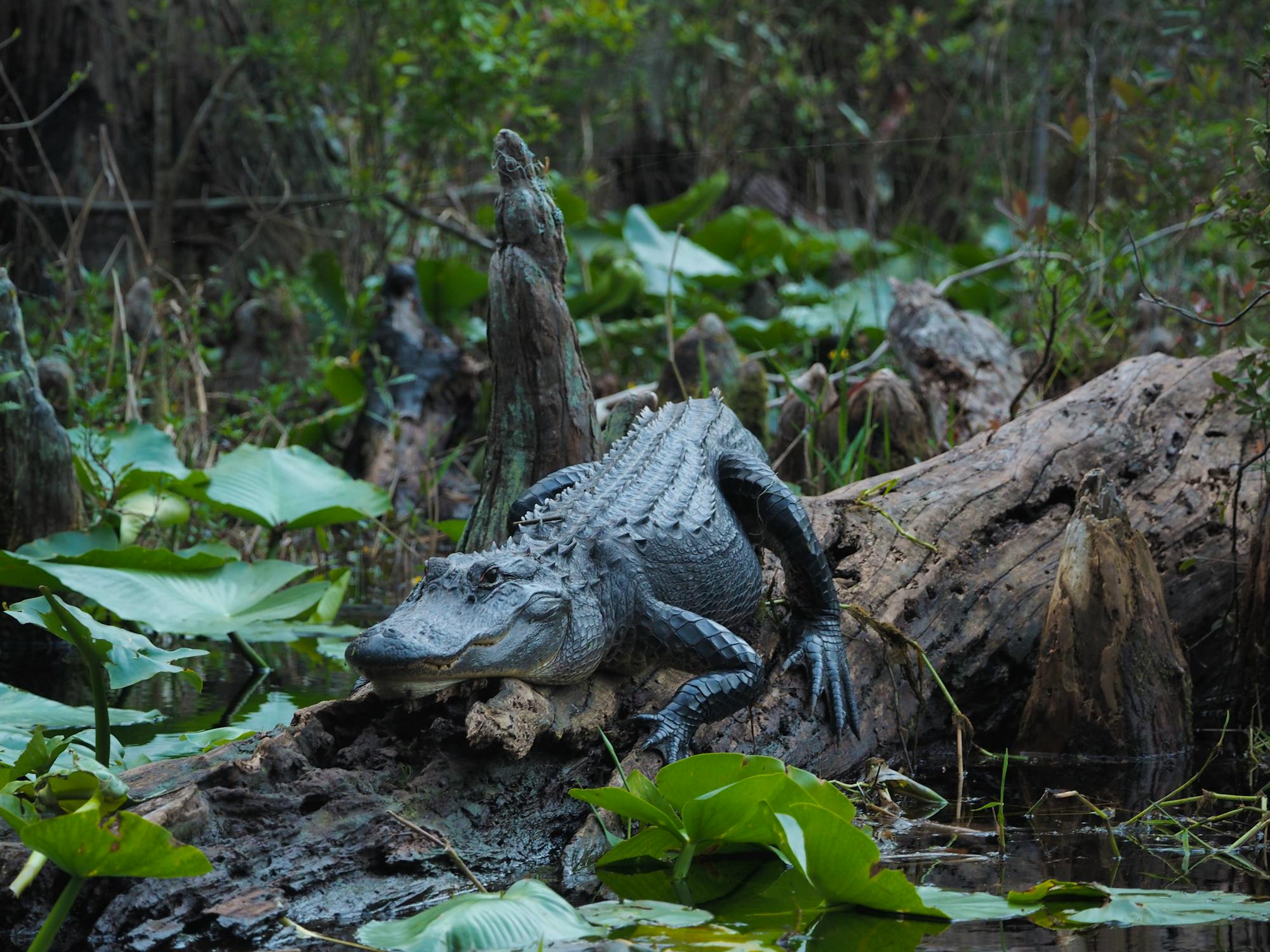If you have ever had the opportunity to immerse yourself in a truly wild place, consider yourself fortunate. These places of solitude, sanctuary and timeless beauty—where no artificial lights interfere with seeing the Milky Way stretching across the night sky and the sounds of nature aren’t drowned out by city noise—have become rare. This is especially true on the East Coast where development over the last 150 or so years has left many of our last wild spaces mere patches scattered across the American landscape. The places that remain host imperiled and common species—magnificent and ordinary—and nurture biodiversity.
Most often in the United States, these places are protected within our robust system of public lands. These are lands set aside and managed by our federal government with one goal in common, to provide resources for the public trust. These precious resources go beyond minerals and fiber and include clean water, clean air, solitude, abundant wildlife, our cultural heritage and the freedom to experience it all in a natural setting.
One such place is Okefenokee National Wildlife Refuge along the Georgia-Florida border, set aside in 1937 for its intrinsic value and to sustain wildness. As one of the last intact swamp ecosystems in the whole of the U.S., it supports a vast array of wildlife. Here, our senses can delight in a dark sky, the silent flow of slow water, the crash of alligators abandoning the sunlight of the shore, the echo of bird song marking territory and the hum of insects seeking mates at dusk.


But this place that can connect us to the living world could be lost to a mining proposal that would result in the polluting of the night sky with nearby electric lights, the drowning out the sounds of wildlife with the banging of machines and the discoloring of the slow-moving waters from exposed topsoil and unlocked geologic layers laid down through time. In this scenario, the very things that make Okefenokee a haven would be lost in exchange for a ubiquitous mineral chemically wrested to be used to whiten paint, pigment our food and line the pockets of corporate interests.
Right now, such destruction and loss are knocking at Okefenokee’s door. If Twin Pines Minerals, an Alabama-based mining company, greedy for titanium minerals, has its way, it could cause irreparable damage to the swamp and the wildlife that call Okefenokee home. Driven by profit, with a disregard for the integrity of our public lands, Twin Pines hopes to mine roughly 12,000 acres of land that border the refuge. But these lands regulate the flow and accumulation of freshwater from feeding rivers and maintain habitat for countless species. This poses an unacceptable and unnecessary risk to Okefenokee and the integrity of this treasured wildlife refuge.
If you crave the connection to the wild or simply hold these places with reverence, remember that these places belong to you. Okefenokee is one of your national wildlife refuges and you can help choose its future. We don’t have to give up seeing the glory of the dark sky or the smooth glide of a gator after it slides off a riverbank into a swamp that still feels and looks prehistoric. We can reject this plan and instead help maintain a positive legacy of environmental protection. After all, we have so few places like this left.
As we celebrate Public Lands Day and appreciate the forethought of those who set up a national system of protected lands, let us not grow complacent. Our public lands need us now more than ever if we want to see them protected into the future. Let’s do our part to give back and protect the places that provide us with so much. Stand with us and stand up for Okefenokee. Act today so that future generations will know the joy of wading birds, still waters, the Milky Way and the promise of nature.
Stop This Strip Mine!
Tell the US Army Corps of Engineers to reject plans to strip mine at the edge of the Okefenokee Refuge.











Follow Defenders of Wildlife
facebook bluesky twitter instagram youtube tiktok threads linkedin